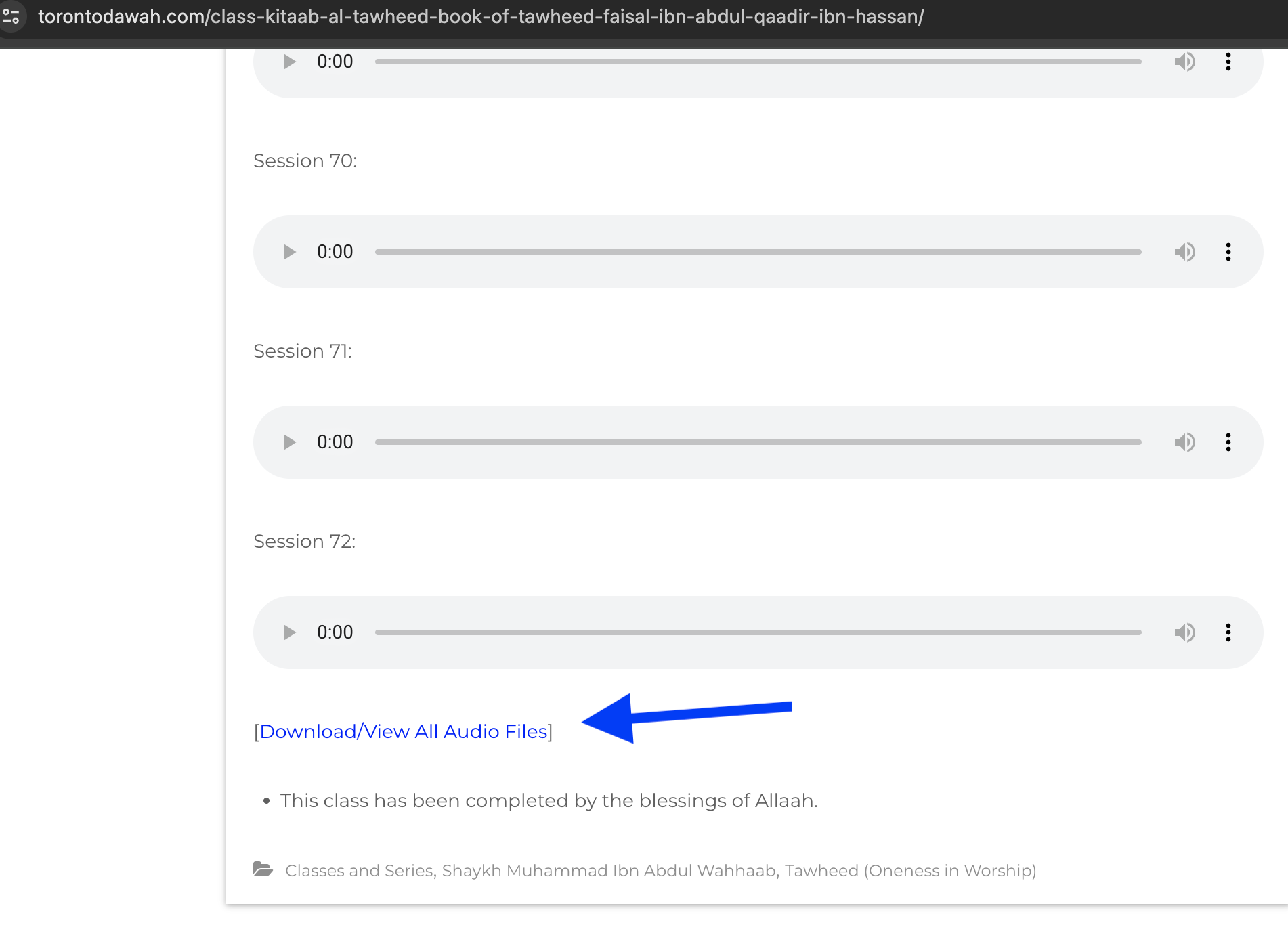One can pray them sitting or standing.
Aisha (radiallahu anha) said:
كَانَ يُصَلِّي ثَلاَثَ عَشْرَةَ رَكْعَةً يُصَلِّي ثَمَانَ رَكَعَاتٍ ثُمَّ يُوتِرُ ثُمَّ يُصَلِّي رَكْعَتَيْنِ وَهُوَ جَالِسٌ فَإِذَا أَرَادَ أَنْ يَرْكَعَ قَامَ فَرَكَعَ ثُمَّ يُصَلِّي رَكْعَتَيْنِ بَيْنَ النِّدَاءِ وَالإِقَامَةِ مِنْ صَلاَةِ الصُّبْحِ
He observed eight rak’ahs and would then observe Witr and then observe two rak’ahs sitting, and when he wanted to bow he stood up and then bowed down, and then observed two rak’ahs in between the Adhan and lqama of the dawn prayer
[Saheeh Muslim no. 78]
In another narration it says:
عَنْ عَائِشَةَ، رضى الله عنها : أَنَّ رَسُولَ اللَّهِ صلى الله عليه وسلم كَانَ يُوتِرُ بِتِسْعِ رَكَعَاتٍ، ثُمَّ أَوْتَرَ بِسَبْعِ رَكَعَاتٍ، وَرَكَعَ رَكْعَتَيْنِ وَهُوَ جَالِسٌ بَعْدَ الْوِتْرِ يَقْرَأُ فِيهِمَا، فَإِذَا أَرَادَ أَنْ يَرْكَعَ قَامَ فَرَكَعَ ثُمَّ سَجَدَ
Narrated ‘Aishah:
The Messenger of Allah (ﷺ) used to observe the witr prayer with nine rak’ahs. Then he used to pray seven rak’ahs (of witr prayer). He would pray two rak’ahs sitting after the witr in which he would recite the Qur’an (sitting). When he wished to bow, he stood up and bowed and prostrated.
[Saheeh Sunan Abi Dawood no. 1351]
The Prophet (ﷺ) prayed them sitting in order to show that it is allowed to do so.
Imam Nawawi rahimahullah:
“I say: what is correct is that these two rak’aat were performed by the Prophet (ﷺ) after witr sitting to clarify the permissibility of praying after witr and to clarify the permissibilty of praying a voluntary prayer sitting…”
[Sharh Saheeh Muslim (6/21)]
And Allah Knows Best
Translated by
Faisal Ibn Abdul Qaadir Ibn Hassan
Abu Sulaymaan




